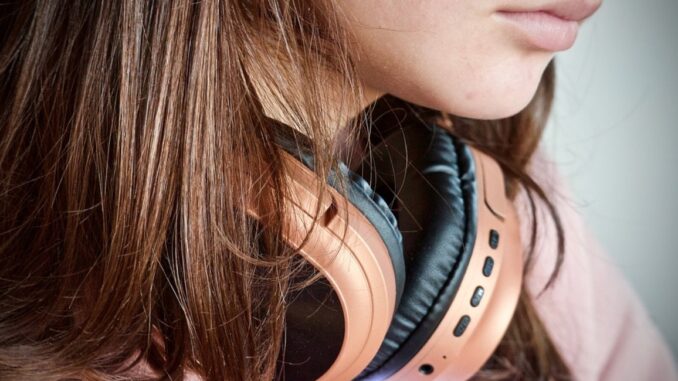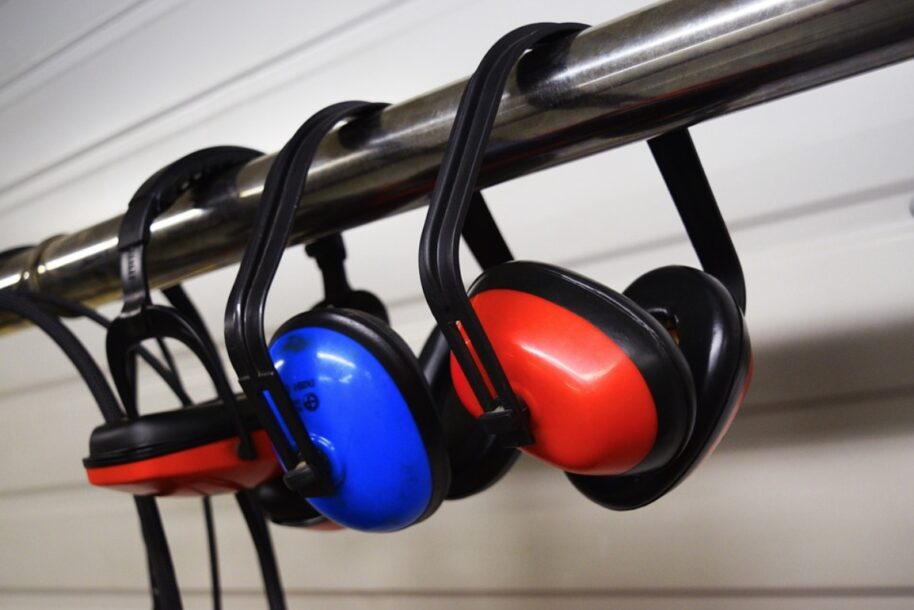
By DOTTIE PARIS
Living amid a global pandemic has significantly changed the course of our daily lives. From work and school to casual talks, digital communication platforms and devices are now more critical than ever. In addition to making business calls and catching up with our loved ones, our smartphones enable us to listen to podcasts, music, and other audio material. This experience can be a lot more enjoyable if you can focus on the message or music without any distractions.
You need to be able to clearly communicate with those on the other end of the line without noise and other forms of interference. One way of making sure that your communication is consistent and clean during your virtual calls, webinars, meetings, or online classes is by using noise-canceling headphones. On that note, let’s take a look at how you can easily pair your headphones with your smartphone for an immersive, uninterrupted experience.
Using Lightning or Type C Adapter
Most phones out there today no longer have a headphone jack. If you have a wired pair of noise-canceling headphones but own an iPhone or a modern smartphone model without a dedicated audio jack, there is no need to buy a new pair of expensive Bluetooth headphones at all. You can still make use of your existing wired noise-canceling headphones by using an adapter. The good thing is these types of adapters are relatively cheap and could go for as low as $9. For iPhone users, you can simply get a lightning connector to a 3.55mm headphone jack adapter to connect your wired headphones easily.
If you have Google Pixel or any other smartphone model with a Type C port, you can purchase a USB-C to headphone adapter. On the downside, this means that you will not be able to charge and use your headphones at the same time, but this is the most practical and quick solution if you don’t want to spend a fortune if you are on a tight budget. Some adapters have two ports: one for charging and one for the audio jack. These are slightly more expensive than the standard lightning or Type C adapters, but they are perfect if you want the best of both worlds.
Wireless Headphones
On the other hand, if you don’t like the tangled mess that wires offer, getting a pair of wireless noise-canceling headphones would be a better option. Wireless headphones are connected to your smartphone using the Bluetooth function. Setting this up on IOS and Android devices may slightly be different, and the process can vary depending on the model of your headphone. As mentioned on Red Diamond Audio, the setup instructions may differ slightly, but the idea is pretty much the same. Wireless headphones are easy to use and can be paired seamlessly by just turning on your phone’s Bluetooth availability and selecting your headphone’s Bluetooth network. Your wireless headphone pairing instructions may slightly vary from the standard setup, so it is best to refer to your device’s manual to avoid any technical issues.

Wired Headphone with Bluetooth Transmitter
Do you want your wired headphones to be wireless? There is also a solution to that. A Bluetooth transmitter or adapter can fix your problem. The advantage of using Bluetooth transmitters is that you don’t have to sacrifice one function for another. This means you will be able to charge your phone and use your headphones at the same time. Another bonus point is that some Bluetooth transmitters will allow you to cut the wires of your headphones so if you want a wireless headphone without spending that much, getting a Bluetooth transmitter would be a good move.
They work by allowing your classic wired headphones to have a Bluetooth feature which will then allow you to pair it through your mobile phone’s Bluetooth settings. Pairing this with your smartphone is just the same as using a wireless headphone. You just have to plug in your headphones to the transmitter, turn on the Bluetooth transmitter, go to your mobile device’s settings, and connect to your Bluetooth transmitter’s network. Keep in mind that some transmitters have their own display screen or buttons, which lets you have control audio control functions; however, these vary depending on the model you choose.
